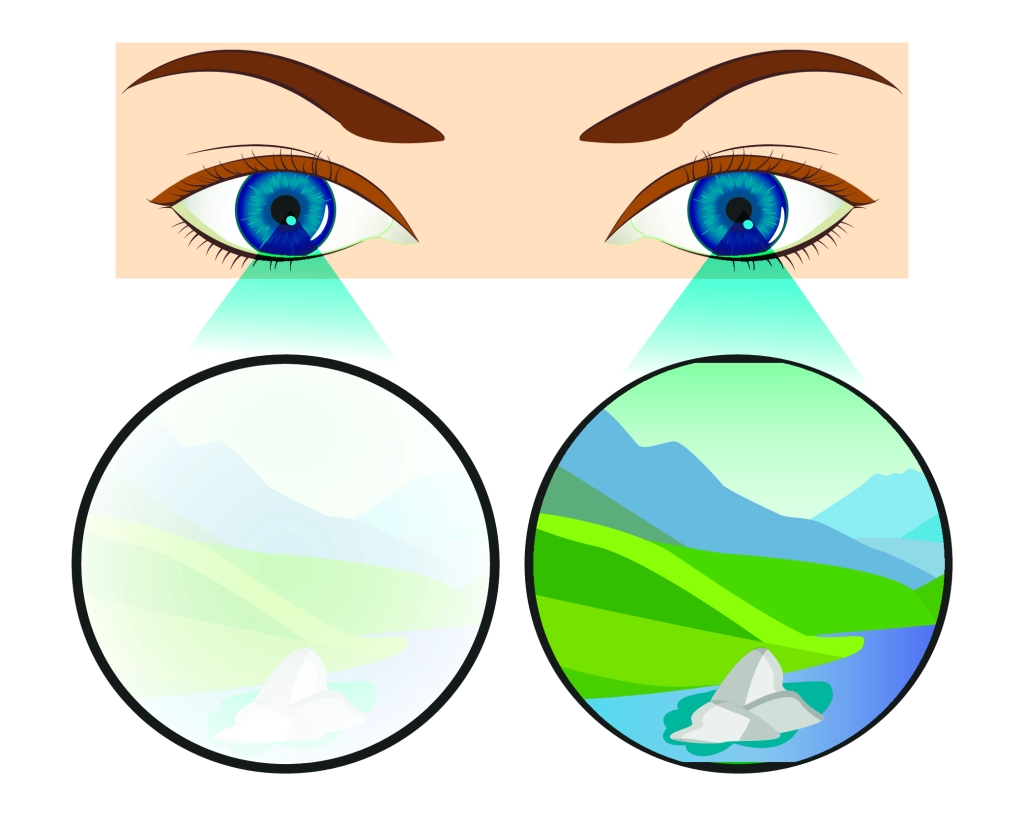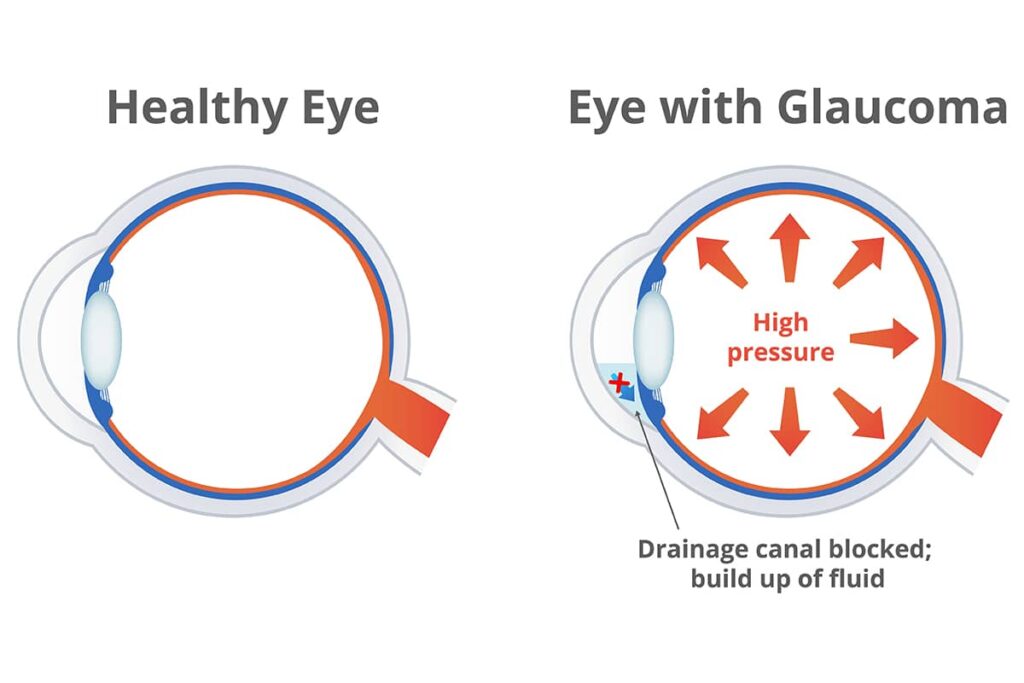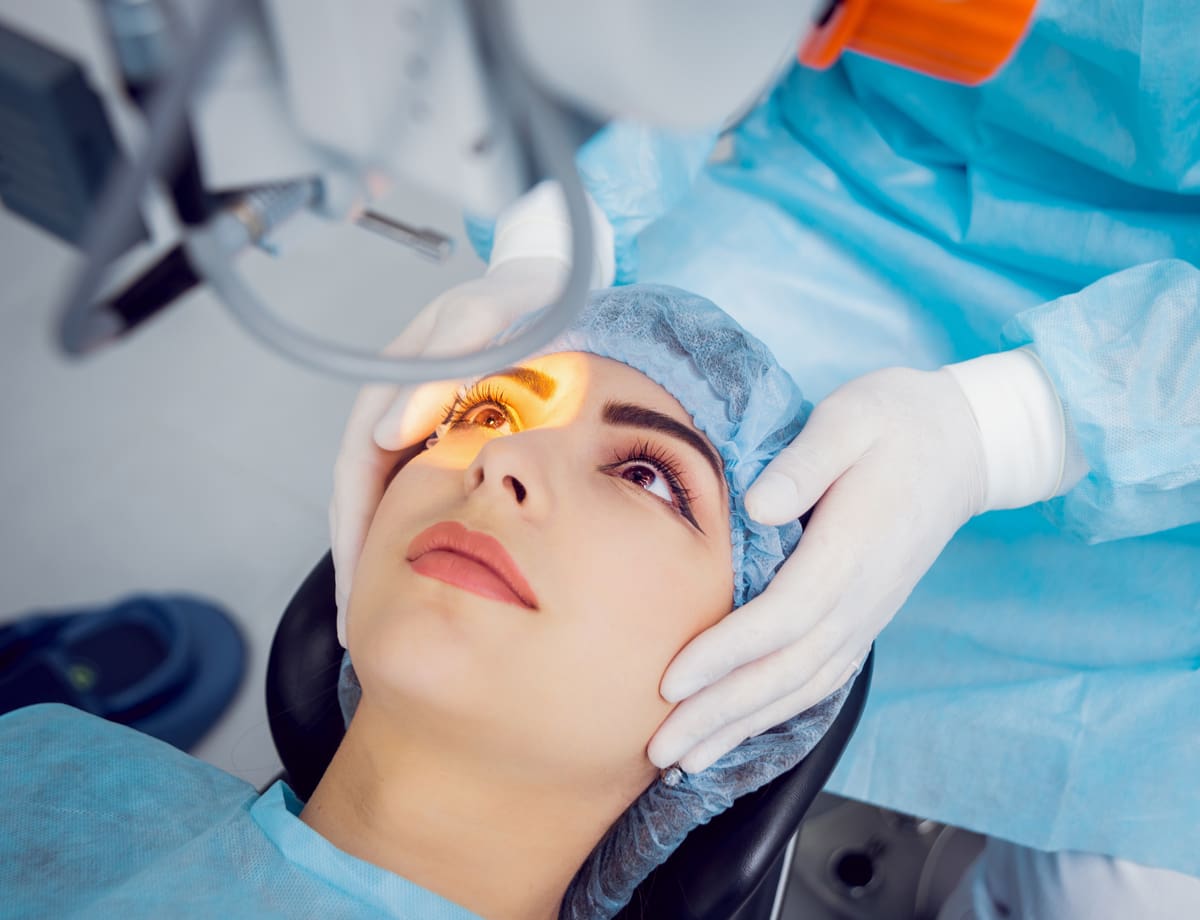Amblyopia, commonly known as “lazy eye,” is a condition where one eye has weaker vision than the other due to abnormal visual development during early childhood. Treatment for amblyopia is most effective when initiated early, ideally before the age of 7 or 8. Here are common approaches to treating amblyopia in children: Correcting Refractive Errors: If the amblyopia is associated with significant refractive errors (such as nearsightedness, farsightedness, or astigmatism), prescription glasses may be prescribed to correct the vision in the affected eye.
Patching or Atropine Drops: Patching is a common treatment method where the stronger eye is covered with a patch for a certain number of hours each day. This encourages the child to use and strengthen the weaker eye. Alternatively, atropine eye drops can be used to blur the vision in the stronger eye, achieving a similar effect without patching.
Vision Therapy: Vision therapy involves a series of eye exercises and activities designed to improve visual acuity, eye coordination, and focusing ability. It is often used in conjunction with other treatments.
Eye Drops or Ointments: In some cases, the use of atropine eye drops or ointments in the stronger eye is prescribed. This blurs the vision in the better eye, encouraging the brain to rely more on the weaker eye.
Glasses: In cases where the amblyopia is associated with anisometropia (a significant difference in refractive error between the two eyes), glasses may be prescribed to equalize the refractive status of both eyes.
Cycloplegic Eye Drops: These eye drops temporarily paralyze the focusing muscles of the eye, helping to prevent accommodation (the eye’s natural ability to focus). This is often used in conjunction with other treatments.
Vision Occlusion: In some cases, vision occlusion may be used as an alternative to patching. This involves the use of special lenses or filters to reduce the visual input to the stronger eye.
Surgery: In certain situations, especially if amblyopia is associated with strabismus (misalignment of the eyes), surgery may be recommended to correct the alignment of the eyes.
It’s important to note that the choice of treatment depends on the specific characteristics of the amblyopia and the child’s age and cooperation. Successful treatment often requires a collaborative effort between the child, parents, and the eye care professional. Regular follow-up visits are essential to monitor progress and make any necessary adjustments to the treatment plan. Early detection and intervention significantly improve the chances of successful treatment and visual improvement in children with amblyopia.
Elevate your eye health with the expertise of Dr. Sonia, recognized as the Best Ophthalmologist in Mumbai. Whether it’s routine eye care or specialized treatments, Dr. Sonia provides comprehensive and compassionate services. Schedule your consultation today for personalized eye care solutions.




